Classification and Flavor characteristics of Honduran Coffee beans Story of eight Coffee producing areas in Honduras
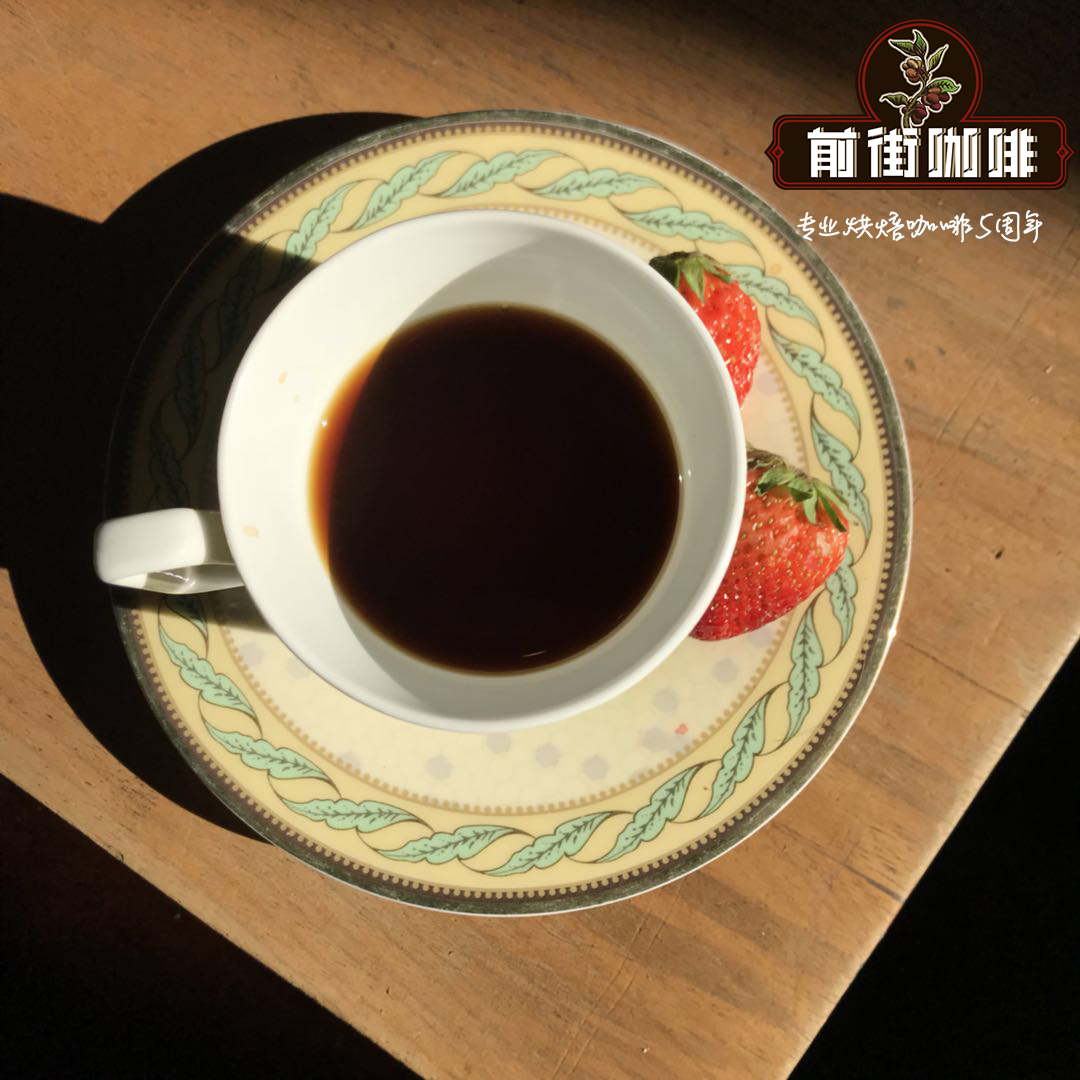
Professional coffee knowledge exchange more coffee bean information please follow the coffee workshop (Wechat official account cafe_style)
Honduran Coffee Story
Honduras is located in the north of Central America, facing the Caribbean Sea to the north, the Gulf of Fonseca in the Pacific Ocean to the south, Nicaragua and El Salvador to the east and south, and Guatemala to the west, mostly mountains and plateaus. It covers an area of 112492 square kilometers and the coastline is about 1033 kilometers long. The whole territory, except the coastal plain, is mountainous, with the highest elevation of 3000 meters in the northwest and more than 2400 meters in the south. The main rivers in the territory are the Koko River, the Patuca River and the Wulu River. Rivers from inland mountains crisscross and flow into the two oceans. Many basins and river valleys are formed between the various mountain ranges. The larger basins are the Siria and Rapagu Alai basins, and the main river valleys are the Komayagua and Hamastland River valleys.
Looking back at the 2017 production season, Honduras not only saw a surge in production, but also improved quality and long-criticized handling and logistics delivery problems.
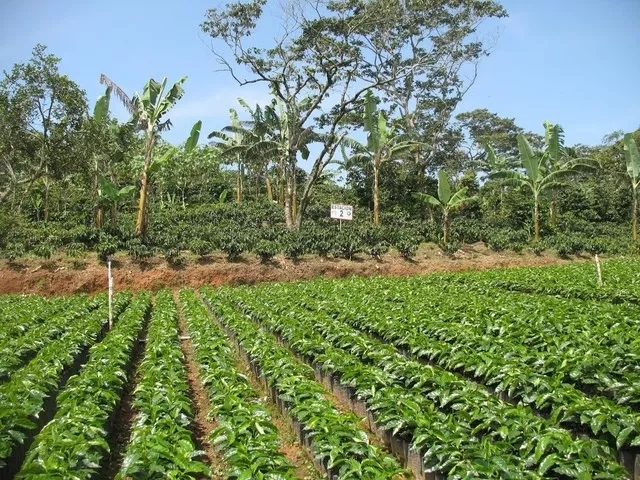
With regard to the characteristics of Honduran coffee beans 20 years ago, almost none of them could compete with neighboring countries in such items as attention to details, environmental maintenance around the processing plant, investment in treatment equipment, export procedures, logistics and transportation of raw beans, and the quality of raw beans was naturally coarse but not meticulous, and only a few estates or CoE winning batches could be called high-quality products. Since 2007, the situation has improved. Under the leadership of the IHCAFE Coffee Bureau and many far-sighted dry processing plants, Honduras has gradually achieved results in the improvement of the treatment process and the investment in raw bean processing equipment and transportation exports. even though the international market is still low-profile, active bean bakers have invested in Hongguo coffee-producing areas in an attempt to dig out high-quality products. In terms of output, from 2011 to 2012, Honduran coffee even occupies the leading position in Central America, harvesting about 3 million bags (46kg) of coffee every year. In addition to the volume, IHCAFE and the production association and processing plant that are interested in carrying out a series of projects, hoping to provide international buyers with high quality and delicious Honduran coffee.
According to IHCAFE data, Honduran coffee can be divided into six major producing areas, mainly located in western and southern Copan, Opalaca, Montecillos, Comayagua, Agalta Tropical and El Paraiso. The average height of high-quality products is more than 1100 meters above sea level. 69% of the coffee grown in these areas is HG, and 12% is SHG,19% and CS. The main varieties are Typica, Bourbon, Caturra, Villa Sarchi and Lempira. At present, the main classification is still by altitude, and the relationship between Honduran coffee grade and height is as follows:
The following three levels and the specified altitude are--
Standard grade, planting height is 610-915m.
High Grown grade, planting height is 915-1220 (m)
Strictily High Grown grade, planting height is more than 1221 meters
I am more interested in the "Hong Honduras Western Coffee" Association, referred to as HWC, which is located in the western producing area, and its development is worthy of attention.
The coffee produced and labeled by HWC is the first geographical indication (PGI) protected by the Macro government, and is also registered as a property right (IP) and brand (MC) of Honduras.
Coffees of western Honduras (HWC) is the first Protected Geographical Indication (PGI) and Brand Collective (MC) recognized and registered by the Honduran Institute Honduran Property (IP).
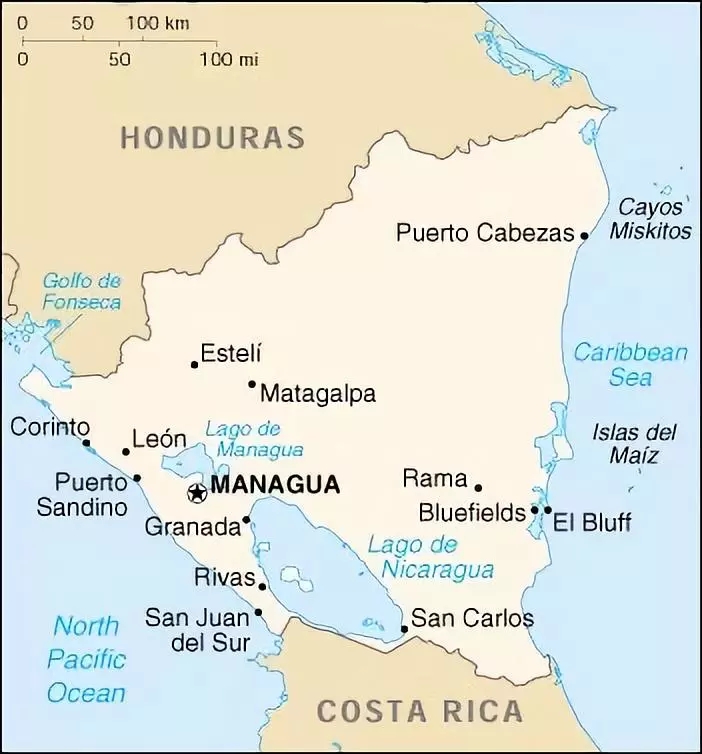
In addition to promoting boutique coffee through CoE competitions, the State of Honduras has launched more delicate and accurate regional brands for the purpose of identifying the producing areas and geographical indications of Guardia, perhaps under the influence of Ethiopia defending the trademark rights of geographical names such as Sidamo and Yirgacheffe. The logo of Hongguo Western Coffee has been registered at the preparatory stage and approved by the government and the National Coffee Bureau. Their idea is to provide market purchasing reference according to the testing quality of coffee harvesting and processing in the western region, the cup testing process and the standards of Grade 1 and Grade 2, and to identify eight sub-producing areas of coffee (HWC) in western Honduras according to sensory and flavor characteristics, geographical area, climate, soil, soil, process, etc. (organoleptic characteristics, geography, climate, soil, process).
These secondary producing areas are:
Erapuca (Ocotepeque- Copa á n)
G ü isayote (Ocotepeque)
Celaque (Ocotepeque, Copa á n and Lempira)
Puca (Lempira)
Camapara (Lempira)
Congol ó n (Lempira)
Opalaca (Intibuca)
Green Mountain (Lempira)
The coffee in this area is famous for its bright sour citrus fruit, its sweetness is very good, especially the caramel sweetness is obvious, and the full body formed by thick touch and rich greasy feeling is very pleasant! The overall balance is quite good, if it is used to compete with Guatemala's high-altitude sour bright beans, it should be not inferior, mouthfeel even better!
[Qianjie coffee brewing recommendation]
Take the Sweet Orange Manor in Honduras as an example:
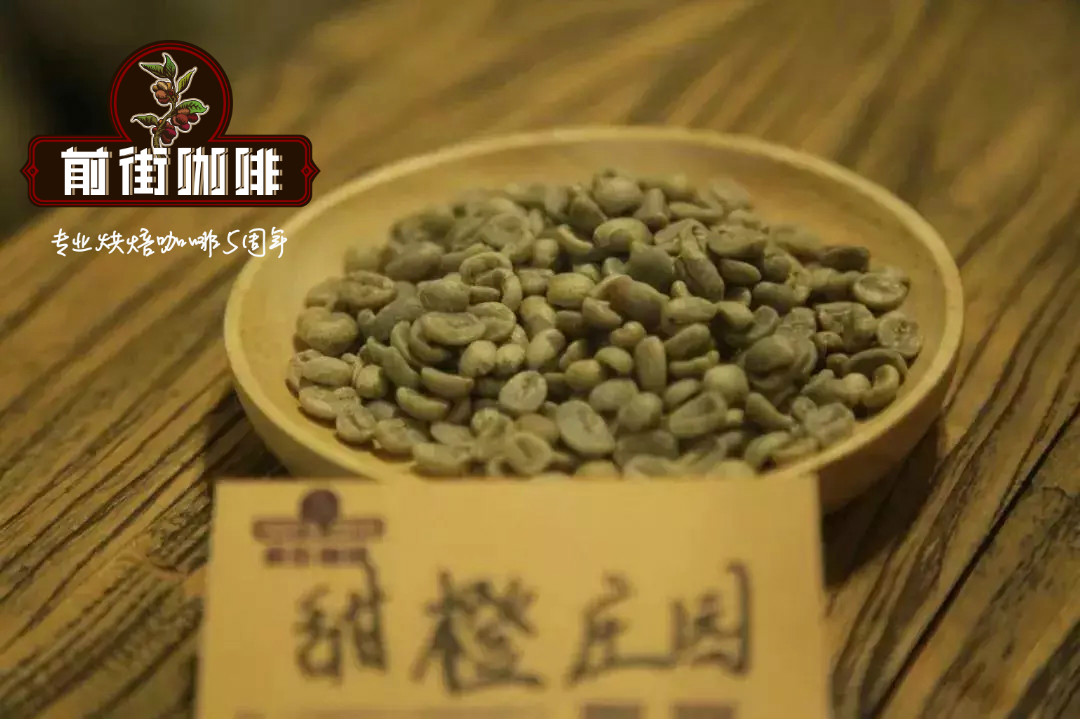
Recommended cooking methods: siphon, hand flushing
Degree of grinding: BG 5R (60% pass rate of No. 20 screen in China)
V60 filter cup, 15 grams of powder, water temperature 89 degrees, grinding 3.5, ratio of water to powder close to 1, 15, 15, 30 grams of steaming, steaming time of 30 seconds
Section: water injection to 120g water cut off, slow water injection to 225g, that is, 30-120-225g
Flavor: dry aromas of spices and roasted peanuts, giving beans elegant acidity, soft citrus acid, orange, cantaloupe, cream, nuts, dark chocolate, sweet at the end, and a bit like a cup of lemon tea.
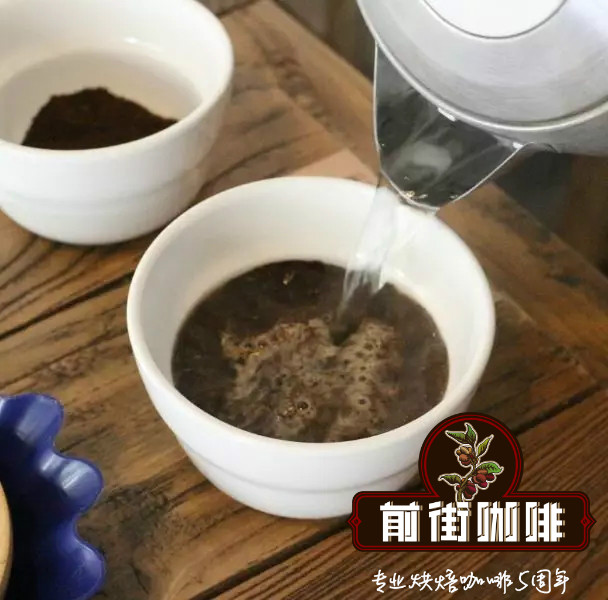
There are many coffee producing areas and manors in Honduras, and the taste is slightly different-the most important thing is to find the coffee that suits you.
Qianjiehong No.1 San Juan Xido, Honduras, washed bourbon single imported boutique coffee beans
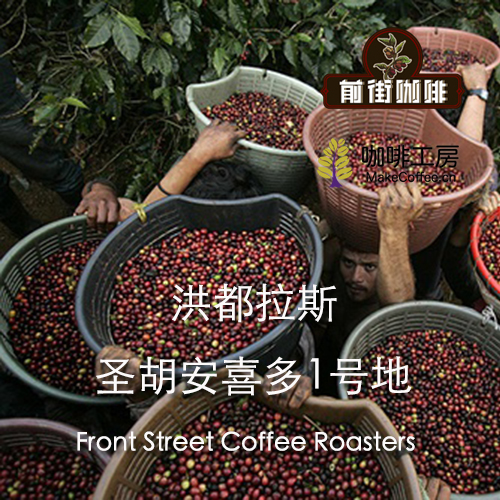
Purchase link: https://item.taobao.com/item.htm?spm=a1z10.5-c-s.w4002-15673140460.17.10506d59pj5gQB&id=525837115135
Important Notice :
前街咖啡 FrontStreet Coffee has moved to new addredd:
FrontStreet Coffee Address: 315,Donghua East Road,GuangZhou
Tel:020 38364473
- Prev
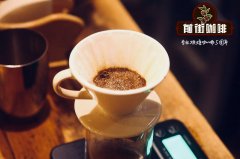
Rare Sumatra honey processed coffee, why is Sumatra coffee mostly wet planed?
Professional coffee knowledge exchange More coffee bean information Please pay attention to coffee workshop (Weixin Official Accounts cafe_style) Sumatra Gayo District Introduction: Aceh Special Administrative Region is located in the northernmost part of Sumatra Island. The coffee growing area is located around Lake Tawar on the mountainside of Mount Kayu and Takengon. Coffee here is generally shaded.
- Next
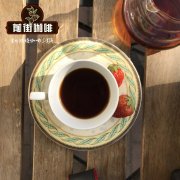
The flavor and taste of Varias coffee beans in Honduras
Professional coffee knowledge exchange more coffee bean information Please pay attention to the coffee workshop (Wechat official account cafe_style) Coffee produced in Honduras rarely appears in the Chinese coffee market, but the altitude and temperature changes at which coffee grows and the fertile soil are all natural conditions for producing good coffee, but in the past because of the coffee processing skills of coffee farms or cooperatives in Honduras
Related
- Does Rose Summer choose Blue, Green or Red? Detailed explanation of Rose Summer Coffee plots and Classification in Panamanian Jade Manor
- What is the difference between the origin, producing area, processing plant, cooperative and manor of coffee beans?
- How fine does the espresso powder fit? how to grind the espresso?
- Sca coffee roasting degree color card coffee roasting degree 8 roasting color values what do you mean?
- The practice of lattes: how to make lattes at home
- Introduction to Indonesian Fine Coffee beans-- Java Coffee producing area of Indonesian Arabica Coffee
- How much will the flavor of light and medium roasted rose summer be expressed? What baking level is rose summer suitable for?
- Introduction to the characteristics of washing, sun-drying or wet-planing coffee commonly used in Mantenin, Indonesia
- Price characteristics of Arabica Coffee Bean Starbucks introduction to Manning Coffee Bean Taste producing area Variety Manor
- What is the authentic Yega flavor? What are the flavor characteristics of the really excellent Yejasuffi coffee beans?

